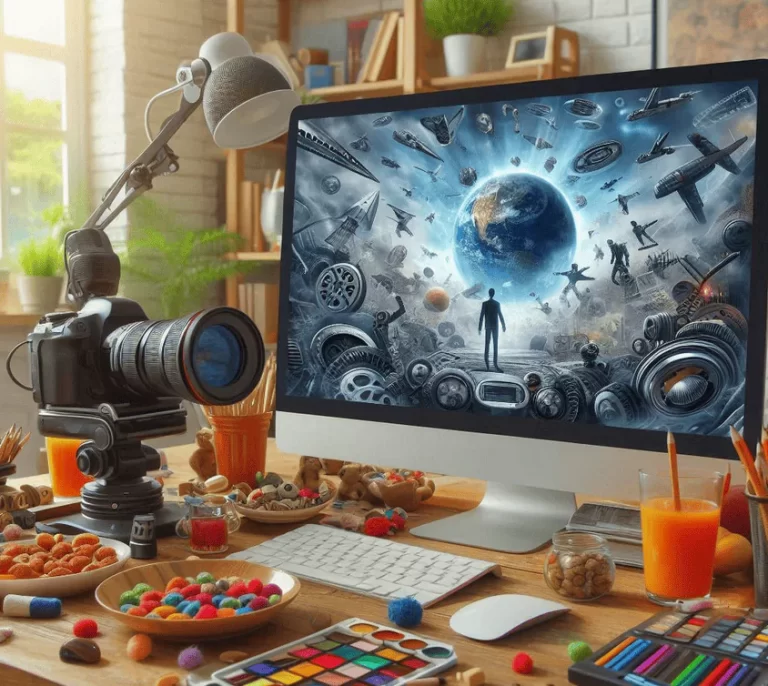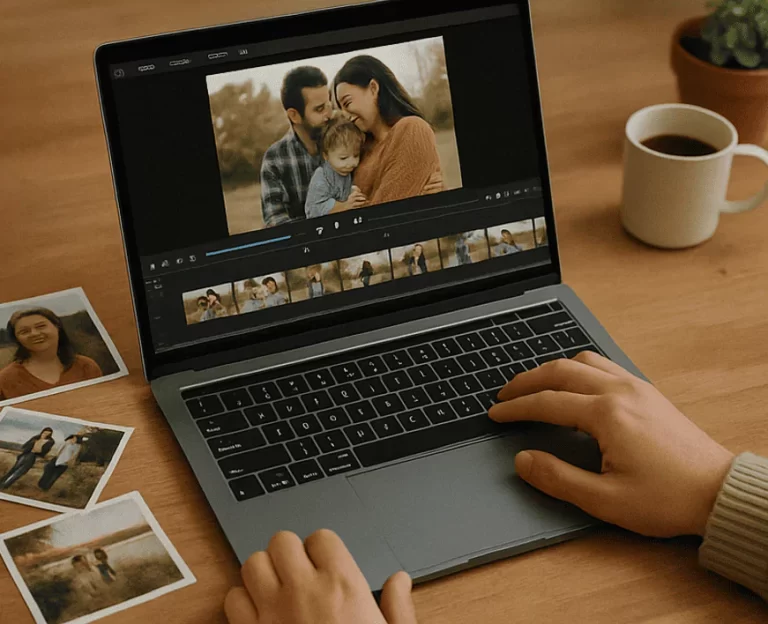
Turning Ideas Into Impact Development vs Pre-Production
Every unforgettable movie starts with a spark—an idea that flickers to life in a moment of inspiration. But what transforms that flicker into a fully realized cinematic experience? The answer lies not in the camera work or even the script alone, but in the foundation beneath it all. The often-overlooked distinction between Development vs Pre-Production holds the key to whether a creative vision soars or stumbles.
In the high-stakes world of filmmaking, clarity is everything. Knowing where your process begins and how each phase unfolds is the difference between wasted effort and streamlined execution. Filmmakers, whether indie dreamers or studio-backed storytellers, often blur the lines between these two early stages—yet they couldn’t be more different.
Discover the Hidden Blueprint of Cinematic Success
Let’s be honest: when you’re passionate about telling a story, it’s tempting to skip ahead—to start casting, location scouting, or even shooting before the groundwork is truly done. But doing so risks undermining the very soul of your project. It’s like building a house without drawing the blueprint. Understanding Development vs Pre-Production is like choosing to build on bedrock instead of sand.
Development is where you dream boldly and freely. This is the incubation period, where ideas are nurtured, characters come alive, themes are discovered, and scripts are shaped. It’s abstract, messy, thrilling. You brainstorm, research, outline, write, rewrite, and sometimes even start over. There’s no “right” length to this phase—some films live in development for years before taking their next step.
Pre-Production, by contrast, is where your vision becomes tangible. It’s where the logistics take over. You assemble your crew, lock your locations, finalize the shooting script, break down scenes, and schedule your shoot days. This stage is all about precision, coordination, and preparation. Creativity still flows—but it now dances to the rhythm of budgets, timelines, and real-world limitations.
When you truly grasp Development vs Pre-Production, you start to respect the unique value each phase brings. You stop trying to rush one to get to the other. Instead, you give both the space they need to serve your story with power and purpose.
Why It Matters More Than You Think
Misunderstanding these two stages can lead to costly mistakes. Start pre-production too early, and you’ll find yourself reworking expensive plans because the script wasn’t finished. Stay in development too long, and your momentum might fade, your passion diluted by analysis paralysis.
But when you master the dance between Development vs Pre-Production, something beautiful happens. Your team aligns with your vision. Your resources are used wisely. Your confidence grows. The result? A production process that’s smoother, faster, and ultimately more joyful.
The truth is, filmmaking is more than art—it’s orchestration. Every scene, every line of dialogue, every lighting cue is the product of countless choices made long before the camera rolls. And those choices start the moment you decide to develop your idea with intentionality and move into pre-production with purpose.
The Heart of the Journey
Understanding these phases also deepens your relationship with your own creativity. Development invites you to question, explore, and innovate without limits. It allows you to dream fearlessly. Pre-Production, on the other hand, encourages discipline, strategic thinking, and collaboration. It brings your dreams into the light and gives them form.
Together, they shape the emotional journey behind the camera—a journey of transformation not just for your story, but for you as a creator. Whether you’re crafting a poignant indie drama or a high-energy action thriller, every frame begins with this unseen foundation.
And the best part? When you honor both stages, your final product reflects it. Audiences might not know the difference between Development vs Pre-Production, but they can feel it. They can sense when a story has been fully realized before it’s been told. They can tell when a film has been loved, challenged, polished—and ultimately, respected from the inside out.
Your Vision Deserves This Level of Care
So, as you begin your next cinematic endeavor, remember this: it’s not just about getting your film made. It’s about making it well. Let development be your playground of possibility. Let pre-production be your launchpad of precision. Respect the boundaries. Celebrate the balance.
And most importantly, trust the process.
Because when you understand Development vs Pre-Production, you’re not just making a film—you’re building a legacy.
Mastering the Transition: From Vision to Execution
Once the ink on your script begins to dry, you’ll feel it—an urgency to move, to act, to bring the dream to life. That’s the call to transition from development into pre-production. But this handoff, if not carefully managed, can unravel months of creative work. Knowing when to switch gears is just as important as knowing how.
The bridge between Development vs Pre-Production is built on clarity. Has your script been locked? Have you received feedback from trusted collaborators? Is your concept strong enough to pitch or secure funding? These aren’t just checkboxes—they’re vital milestones. They confirm that your vision is not only emotionally resonant but also practically viable.
This is also the stage to start thinking like a producer. Budget constraints, scheduling demands, union regulations, insurance—these logistical layers are no longer future problems. They’re now. And they’re the difference between chaos and confidence.
Pre-Production: The Art of Precision
In pre-production, momentum meets method. Your screenplay becomes a shooting script. Storyboards are created to visualize tone and pacing. Casting decisions become more than theoretical. You secure permits, location agreements, and set construction timelines. Every detail matters.
But don’t mistake structure for stagnation. Pre-production isn’t about suppressing creativity—it’s about giving it a stage to thrive on. When you know your limits, your art becomes more intentional, not less inspired.
And here’s where the magic often lies: in collaboration. Directors, producers, production designers, cinematographers—they all converge here to give shape to your vision. It’s a time of alignment, when your internal world finally begins to communicate fluently with others.
Avoiding Common Pitfalls
Many aspiring filmmakers fall into one of two traps: either they stay in development too long, tweaking endlessly out of fear, or they leap into pre-production prematurely, driven by excitement. Both are born from passion, but neither serves the project.
The most successful creatives respect the difference between thinking and doing. Development is the realm of thought. Pre-production is the realm of execution. Trying to mix the two leads to confusion, scope creep, and burnout.
To avoid this, create a simple checklist before you cross the bridge.
-
Is your script finalized and approved by stakeholders?
-
Have you created a pitch deck or lookbook for visual cohesion?
-
Have you locked your story structure, tone, and genre?
If the answers are yes, you’re ready to move forward.
The Bigger Picture
Understanding Development vs Pre-Production also helps you better manage your team, especially in the fast-paced world of indie film. Not everyone involved will be present for both phases. Writers and story consultants may complete their work during development, while production managers, line producers, and department heads enter during pre-production.
Knowing who belongs where—and when—is a major asset to your leadership and clarity. It reduces redundancy, ensures smooth transitions, and protects morale by avoiding wasted work.
Moreover, this understanding empowers you to communicate your needs and vision more effectively. When everyone’s on the same page, trust grows. And when trust grows, creativity flourishes.
A Journey Worth Taking
At its heart, filmmaking is about transformation. A seed of thought evolves into an experience that can move millions. But this transformation is only possible when each stage of the journey is respected for what it is: development as the dreamscape, pre-production as the blueprint, and ultimately, production as the realization.
The path from vision to victory isn’t paved in shortcuts. It’s forged through intention, understanding, and reverence for the process.
So, if you’ve been asking yourself whether this distinction matters—let the answer be a resounding yes. Embrace the power of knowledge. Lean into the nuance. Honor your film by giving each phase the time, care, and attention it deserves.
Because at the end of the day, when your film reaches the screen and resonates with hearts, you’ll know: it wasn’t just your idea that made it work—it was the journey you honored to get it there.
Explore our step-by-step roadmap on managing pre-production timelines, finding the right team, and using the best tools to stay on track. Whether you’re a first-time filmmaker or a seasoned storyteller, clarity on Development vs Pre-Production will elevate every frame you capture.



